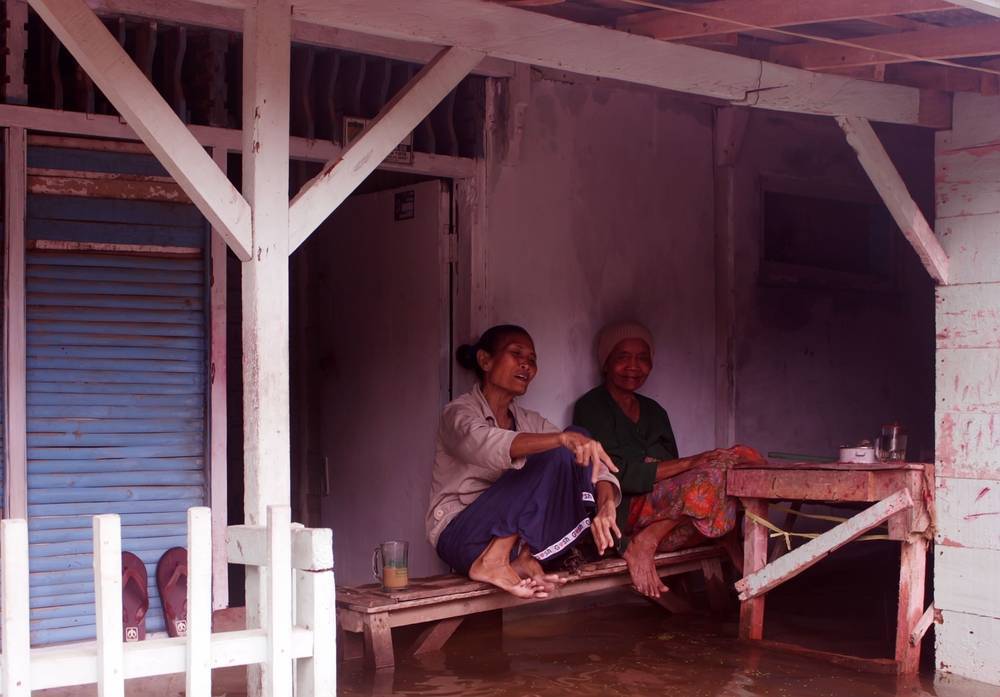Recent floods and landslides in Malaysia and Indonesia have left many dead, missing, and displaced. This article explores the health risks posed by these disasters. What can be done to protect individuals and support relief efforts?
Flash floods and landslides have devastated parts of Malaysia and Indonesia, leaving many dead, missing, and homeless. 15 people have been killed and dozens missing after landslides swept through homes in Indonesia’s Natuna region on the edge of the South China Sea. Malaysia has also been dealing with torrential rain and flooding. Malaysia’s southern state of Johor was the hardest hit, with at least four people dead and over 40,000 displaced. Images shared by the National Flood Disaster Agency showed rescuers wading chest-deep in some areas to save people trapped in their homes, while others showed flooded roads and forests and vehicles submerged in muddy water.
The aftermath of these natural disasters can pose significant health risks to those affected. Waterborne diseases, such as cholera and typhoid fever, can spread quickly in flood-affected areas due to contamination of water sources. The lack of access to clean water and proper sanitation facilities also increases the risk of these diseases. In addition, floods can cause respiratory problems due to exposure to mold and other harmful pollutants in the air.
Additionally,those caught in landslides can suffer injuries, including broken bones, lacerations, and head trauma. Survivors may also experience psychological distress, such as anxiety, depression, and post-traumatic stress disorder (PTSD). The loss of loved ones, homes, and possessions can be extremely traumatic. This is especially tough for vulnerable populations like children, the elderly, and those with pre-existing mental health conditions.
It is crucial for relief efforts to prioritize the health and safety of those affected by these disasters. This includes providing access to clean water, proper sanitation facilities, and medical care. Those who need it should have access to mental health support. Furthermore, authorities should take measures to prevent the spread of waterborne diseases and address potential long-term health effects resulting from exposure to pollutants.
What can governments do?
As climate change continues to exacerbate extreme weather events, it is important for governments to take proactive steps to lessen the impacts of natural disasters. This includes investing in infrastructure that can withstand floods and landslides. In addition, they have to develop early warning systems and evacuation plans. We should work towards building more resilient societies that are better equipped to handle the impacts of climate change by prioritizing the health and safety of communities.
Furthermore, the economic impacts of these disasters can also have implications for public health. Disruption to infrastructure and loss of livelihoods can exacerbate poverty and inequality, which are major determinants of health. Displaced individuals may also face challenges in getting healthcare and other essential services, which can have long-term effects on their health outcomes. As such, addressing the health impacts of natural disasters requires a comprehensive approach that takes into account both immediate and long-term health risks, as well as the broader social and economic factors that influence health.
What can people do?
People can take steps to protect their health and safety during and after natural disasters. Before a disaster, it is important to stay informed and heed warnings from local authorities. Individuals should also prepare an emergency kit that includes essentials such as water, food, medication, and first aid supplies.
Individuals should avoid contact with floodwater or landslide debris during a flood or landslide. They may contain harmful pollutants or pathogens. If evacuation is necessary, individuals should follow evacuation orders and avoid crossing floodwaters on foot or in a vehicle. After the disaster, individuals should take precautions to avoid exposure to mold and other pollutants in the air, as well as to prevent waterborne diseases.
In the long term, individuals can advocate for policies that address the root causes of natural disasters, such as climate change and environmental degradation. This includes supporting sustainable development practices and reducing carbon emissions. Additionally, individuals can support disaster relief efforts by donating to reputable organizations that provide aid and support to affected communities. By taking these steps, individuals can help protect their own health and safety, as well as help to build more resilient and sustainable societies.

